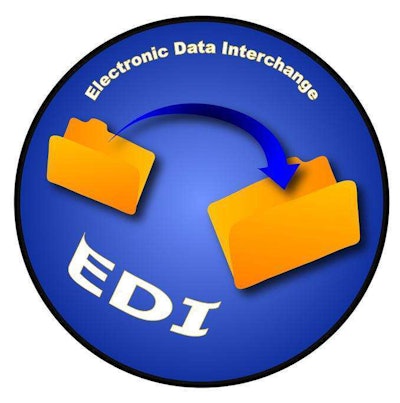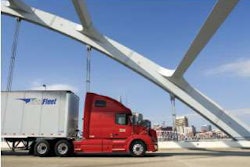
Carriers would seem to have benefited from EDI. Their computers could talk to their customers’ computers, rather than having to pick up the telephone and push paperwork around the office. EDI, it turned out, was not popular with carriers.
“It took 30 years or more before EDI really started to catch on,” Weinberg said. “Many shippers would always make (EDI) part of the contract. Carriers would run around and figure out how to provide it, but once they got the contract, no one ever asked them for it.”
Things changed in the mid-1990s when the Internet emerged to defray some costs of using EDI. Carriers were still just warming up to the technology.
EDI is now deeply entrenched in the transportation industry. Being able to exchange load tenders (204), shipment updates (214), invoices (210) and other EDI transactions is table stakes for doing a significant volume of business with any shipper, third party logistics or freight broker.
Here are three ways to keep up to date with the e-commerce needs of customers while reducing the costs of traditional EDI.
Web services










